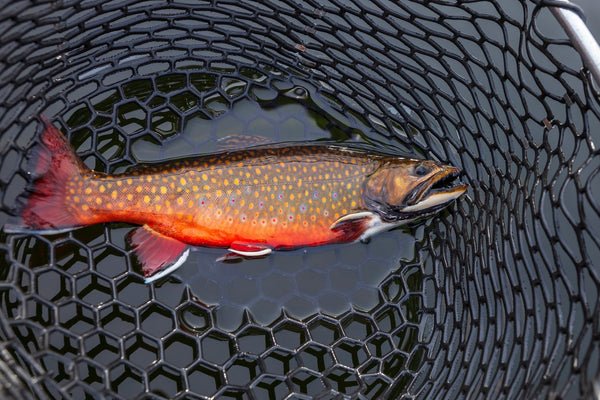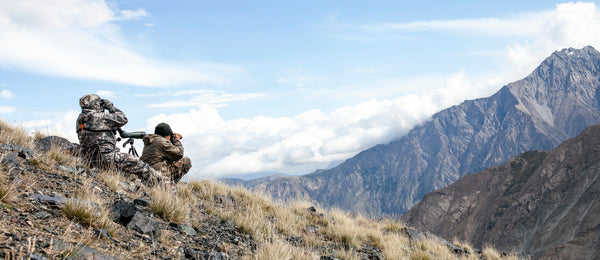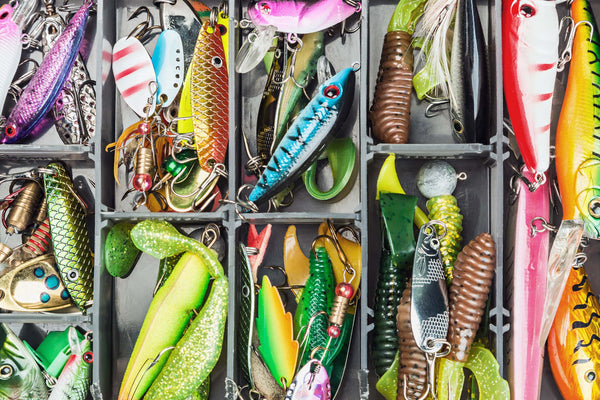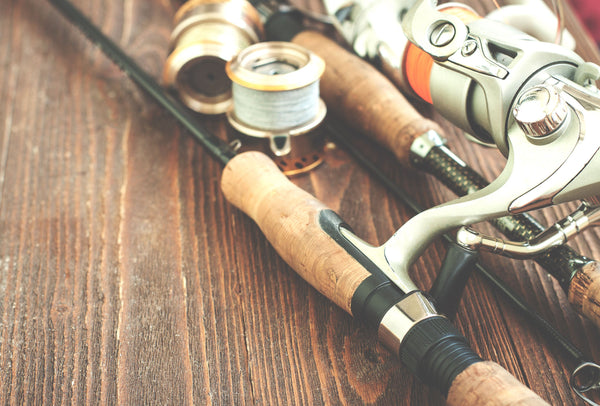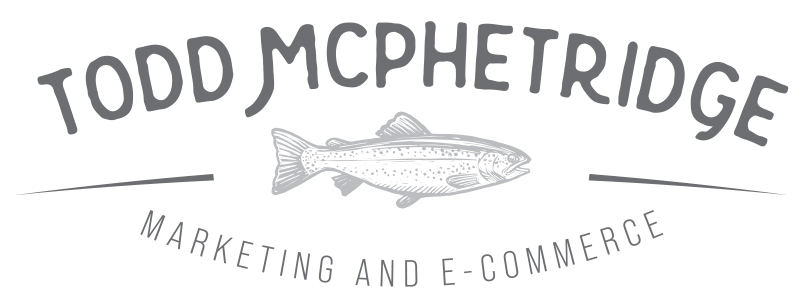Hunting Industry Marketing Strategies
Practical upgrades that lift conversion and revenue for Outdoor brands
Why this matters now
Outdoor shoppers decide with their eyes, their hands, and a short list of non-negotiables like fit, durability, and availability. Your ecommerce website has to replicate that clarity on a phone screen and move a buyer from interest to checkout without confusion. This guide condenses field-tested moves from Outdoor Industry marketing consulting and ecommerce consulting so a hunting brand can lift conversion rate, raise AOV, and protect CAC during busy seasons.
If you want deeper support after reading, compare my approach on the Ecommerce Consultant page or see the sector overview for Outdoor Industry Marketing Consultant.
Navigation that mirrors how hunters shop
Use simple, buyer-first language. Categories should read like a gear list a hunter already uses in the field. Keep paths short and predictable.
- Top navigation: Apparel, Boots, Packs, Optics, Accessories, Maintenance. Reserve a single “More” menu for low volume lines. If you sell regulated items, keep policy and compliance pages one click away from relevant categories.
- Filters that do real work: weight, material, camo pattern, temperature rating, boot height, magnification, objective diameter, waterproof rating. Use ranges rather than guessy labels.
- Search worth using: autosuggest by product, attribute, and collection. Show thumbnails and key specs inside results so shoppers click with confidence.
- Breadcrumbs for orientation: category to subcategory to product, always visible, always tappable.
Product media that answers the “will it work for me” question
Media earns the first click and reduces returns. Treat images and video like your best salesperson.
- Primary image rules: clean background, three-quarter angle that reveals shape, natural shadow for depth, variant accuracy for color or pattern. This is core to product image optimization.
- Secondary images: macro shots of stitching, zippers, seams, and strap hardware. Show scale with a hand or common object in lifestyle images when policy allows.
- On-body or in-field proof: show the jacket under pack straps, the pack fully loaded, the tripod deployed on uneven ground. Include short clips for setup steps or fold-down size.
- Zoom and 360: fast zoom on mobile and a simple 360 sequence for items where shape or fit is critical.
PDP copy that converts without hype
Shoppers want specifics that tie to use cases. Write like a guide with a checklist, not a brochure.
- Top summary: one sentence that names the job and outcome, for example “Ultralight rain shell for fast climbs in shoulder season.”
- Spec block: weight, materials, fill power or insulation type, temperature comfort range, waterproof rating, breathability metric, country of origin, warranty.
- Fit and sizing clarity: height and weight examples, layer guidance, boot sizing conversions, glove fit notes. Place a “which size am I” link near the size picker.
- Compatibility and care: harness compatibility, tripod plate size, rail specs, washing and reproofing instructions. This reduces costly returns.
- Price justification near the CTA: materials, construction method, and service coverage in three short bullets. This raises AOV without discounting.
Comparison and education that earn trust
Outdoor buyers compare options and care about tradeoffs. Make that easy with honest pages.
- Comparison tables: put your hero next to your alternative and a popular competitor. Rows should include weight, warmth or protection metric, pack size, notable feature, best for, and warranty.
- Solution guides: “Choose the right base layer,” “Pack list for three-day backcountry,” “How to keep feet warm on stand.” End with two recommendations, not ten.
- Accessory maps: show which pouches fit which packs, which plates fit which heads, which liners match which gloves. Link both ways.
Reviews that reduce risk
Real owners answer objections faster than your copy can. Structure reviews for signal, not noise.
- Request the right details: height, weight, climate, trip duration, typical terrain. Filter reviews with these tags.
- Sort by relevance: default to “most helpful for my size or use,” not “newest.”
- Short Q&A: let shoppers ask and get staff or owner replies. Publish answers to help the next buyer.
Cart and checkout that do not get in the way
Abandonment rises when steps feel slow or risky. Remove friction and signal safety.
- Guest checkout: always available. Offer account creation after order confirmation.
- Fast wallet options: Shop Pay, Apple Pay, Google Pay. Do not bury them on mobile.
- Progress indicators: clear step labels, minimal fields, strong error handling.
- Trust and delivery clarity: SSL everywhere, visible returns window, estimated delivery by ZIP early in the flow.
- Checkout add-on: one relevant accessory or care item that improves setup or longevity. Keep it optional and honest.
Mobile performance that feels instant
Most Outdoor traffic starts on a phone. Treat speed like a product feature.
- Image discipline: WebP or AVIF, responsive sizes, lazy load below the fold.
- Script hygiene: defer non-critical scripts, remove unused app leftovers, preconnect to payment and CDN domains.
- Tap targets and forms: large buttons, numeric keyboards where appropriate, autofill for addresses.
SEO baked into the build, not bolted on later
Technical basics plus intent-driven content win durable traffic for hunting gear.
- Architecture: clean URLs, logical collections, internal links between PDPs, guides, and comparisons. Add structured data for products, reviews, and FAQ where relevant.
- On-page signals: precise title tags and H1s that match search language, for example “lightweight waterproof hunting jacket” or “13x binoculars for open country.”
- Content cadence: publish guides tied to seasons, trips, and jobs to be done. Link them to the two most relevant PDPs only. This is practical SEO for outdoor ecommerce.
Merchandising that grows AOV without discount pressure
Bundles and add-ons should solve real problems, not pad a cart.
- Job-based bundles: “Cold river wader kit,” “Late season tree stand kit,” “Ultralight bivy kit.” Price transparently with a small convenience edge.
- Post-purchase offers: show care products or replacement parts on the thank you page and in the first email, not during checkout.
- Back-in-stock and size swap: simple signups that notify by variant. Convert missed sales without promo codes.
Inventory, policy, and compliance clarity
For categories with special rules, clarity protects buyers and your brand. Keep policy pages current and easy to find from relevant categories. Sync availability to avoid cancellations and set clear expectations about shipping, age or identity verification where applicable, and return windows for seasonal items.
Lifecycle programs that turn first orders into repeat buyers
Email and SMS should help owners get more from the gear they already bought, then guide the next purchase.
- Onboarding: setup and care, weather tips, fit checks, and trip planning guides.
- Reactivation: use purchase timing and climate signals. A simple “storm season checklist” often outperforms discounts.
- Owner stories: show real trips with gear lists and lessons learned. Social proof that doubles as education.
Analytics that finance will trust
Decisions should reference contribution and payback, not just screenshots.
- UTM governance: consistent source, medium, campaign naming. Protect data quality before you scale spend.
- Cohort reads: day 30 and day 60 revenue per new customer by first touch channel. Fund what pays back inside your guardrail.
- Scorecard: one page that lists spend, orders, conversion rate, AOV, returns, contribution per order, and inventory flags.
Quick wins most Outdoor stores can ship in two weeks
- Rewrite top 20 PDPs with a one-line job statement, fit clarity, and a three-bullet price justification near the CTA.
- Reshoot primary images for hero SKUs with consistent angle and variant accuracy. Add one in-field lifestyle image to the gallery.
- Publish two comparison pages and one solution guide tied to your highest volume search themes. Link only to the top two products.
- Add guest checkout, visible wallet buttons, and better error handling. Measure the change in checkout completion on mobile.
- Enable back-in-stock by variant and a single post-purchase care offer.
Want a senior partner to accelerate this work
I help Outdoor companies prioritize, ship, and measure the exact upgrades above. If you need a focused plan for product page optimization, Shopping CTR lift, and lifecycle that increases repeat rate, you can review my broader approach on the Ecommerce Consultant page and the sector overview for Outdoor Industry Marketing Consultant. Both outline how an experienced marketing consultant structures projects, vendors, and reporting so results show up weekly.









